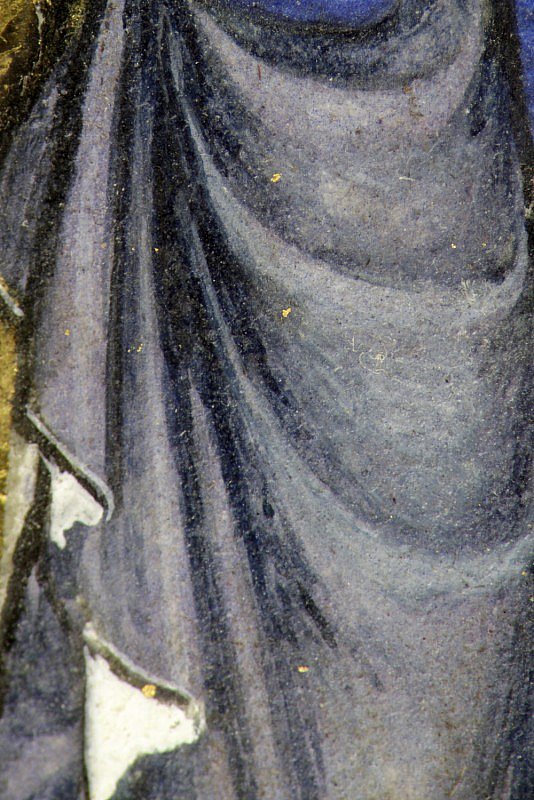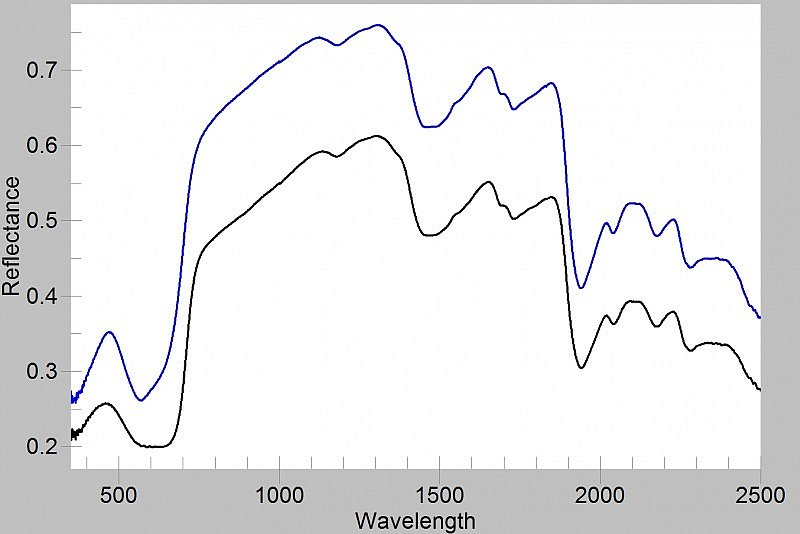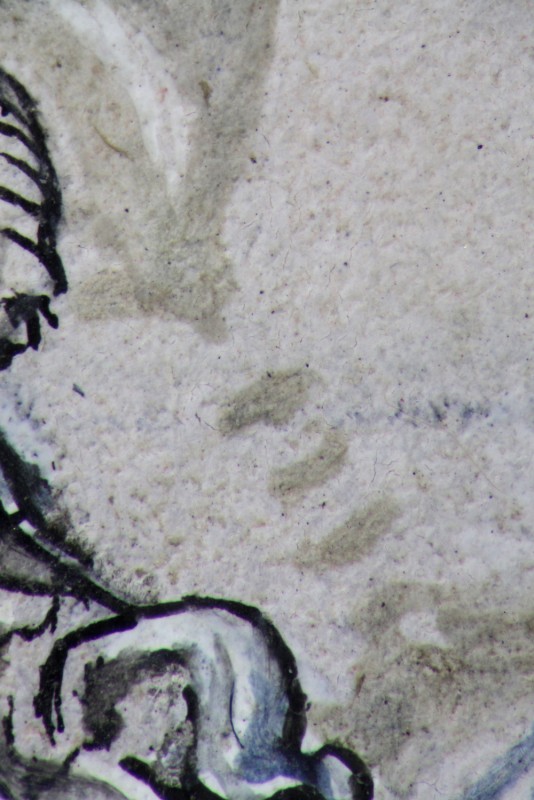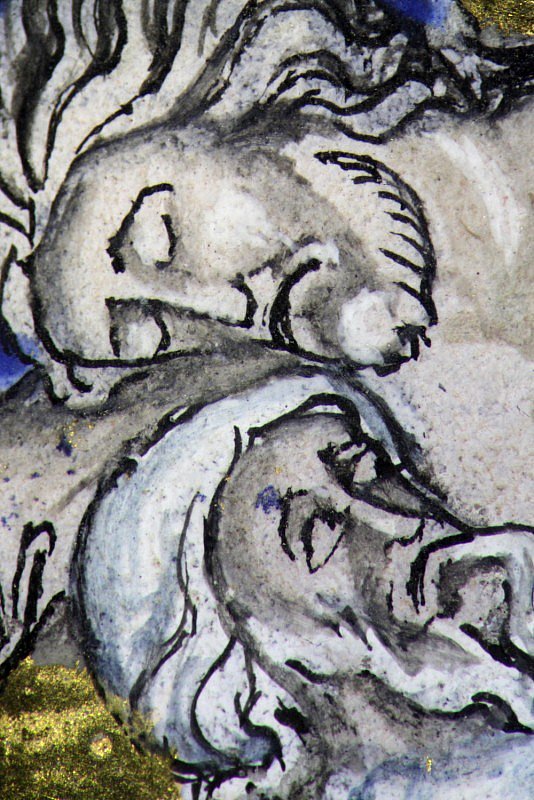Hand D
Artists
Hand D painted the remaining historiated initials in the manuscript’s final section (quires 20-27). Those at the end of the volume were damaged by flood in the mid-19th century (fols. 271v, 274v, 281r, 284v), but the preceding images reveal the sophisticated style and painting technique of this artist (fols. 215r, 217v, 220r, 224r). His are the most delicate and expressive figures in the manuscript. His modelling of drapery is the most advanced, with subtle, carefully blended shades and highlights lending unprecedented plasticity to the figures. The blue shading of white fabrics is executed with minute, directional brush strokes (fol. 217v). Hand D may have belonged to the younger generation of Parisian artists who would develop the painterly modelling of drapery to the full by the 1280s and 1290s. Unlike the white flesh tones used by his collaborators, he painted pink flesh. His palette is darker and more saturated; he is the only artist to use a deep purple-grey hue and to outline the white hair of his older characters in blue.




Deposition (Hours of the Virgin, Vespers)
The deep blue and dark purple draperies (hotspot 1), skilfully modelled so as to convey the three-dimensional human anatomy beneath, and the pink flesh tones of Christ’s body (hotspots 2 and 3) characterise the work of Hand D.